The Panlasa Project: Community COokbook
A community cookbook is a collection of recipes from members of a religious, political, ethnic, or neighborhood group. Historically used as a tool for fundraising and disseminating culinary knowledge, these cookbooks have become rich sources of cultural, societal, and culinary history, giving insight into domestic life of communities during particular time periods. Through the documentation of recipes, communal culinary knowledge remains relevant and accessible.
The Panlasa Project: Community Cookbook (2020) records the recipes and stories of a small group of Filipino immigrants living in the south suburbs of Chicago. Instead of a book of recipes, the Panlasa Cookbook is comprised of instructional videos. The purpose of recording these recipes digitally is to not only capture the nuance of the cook’s technique but to also provide the added element of storytelling. By archiving the culinary wisdom of this generation of Filipino Americans, the hope for the Panlasa Cookbook is to share narratives of immigration through food and to become a resource for culinary enthusiasts, historians, and the participants’ posterity.
This project is also a love letter to the community of titas and titos that raised me. They are some of my greatest teachers and their kitchens hold many of my most delicious memories. From the smorgasbord spreads of the big celebrations to the simpler, more intimate meals for catching up on the local tsismis, these sacred spaces have seen much joy, laughter, pain, revelry, mourning, and forgiveness. It was such a privilege to document these places and these stories and it is an honor to share them all with you. Maraming salamat po sa inyong lahat!

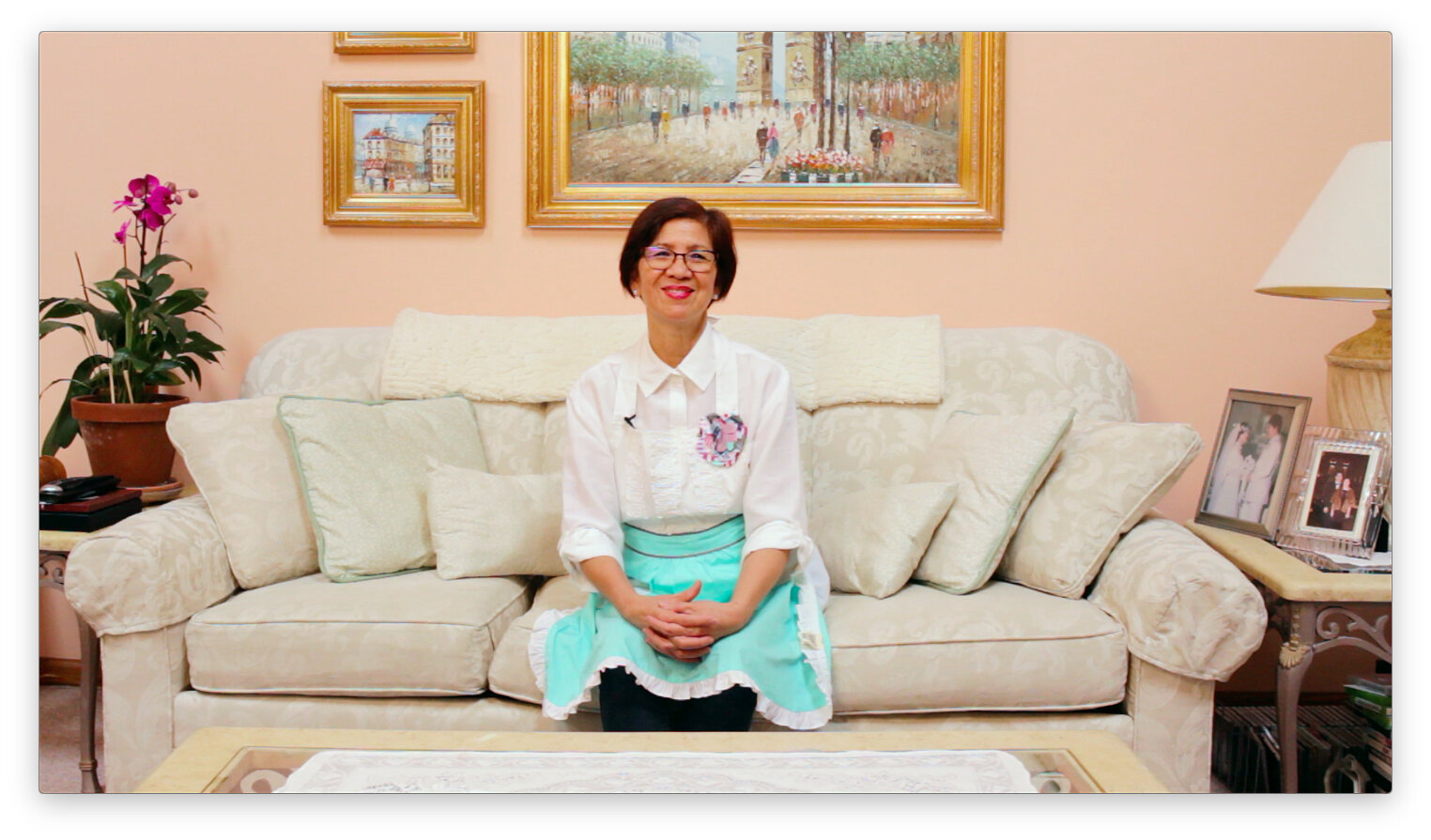
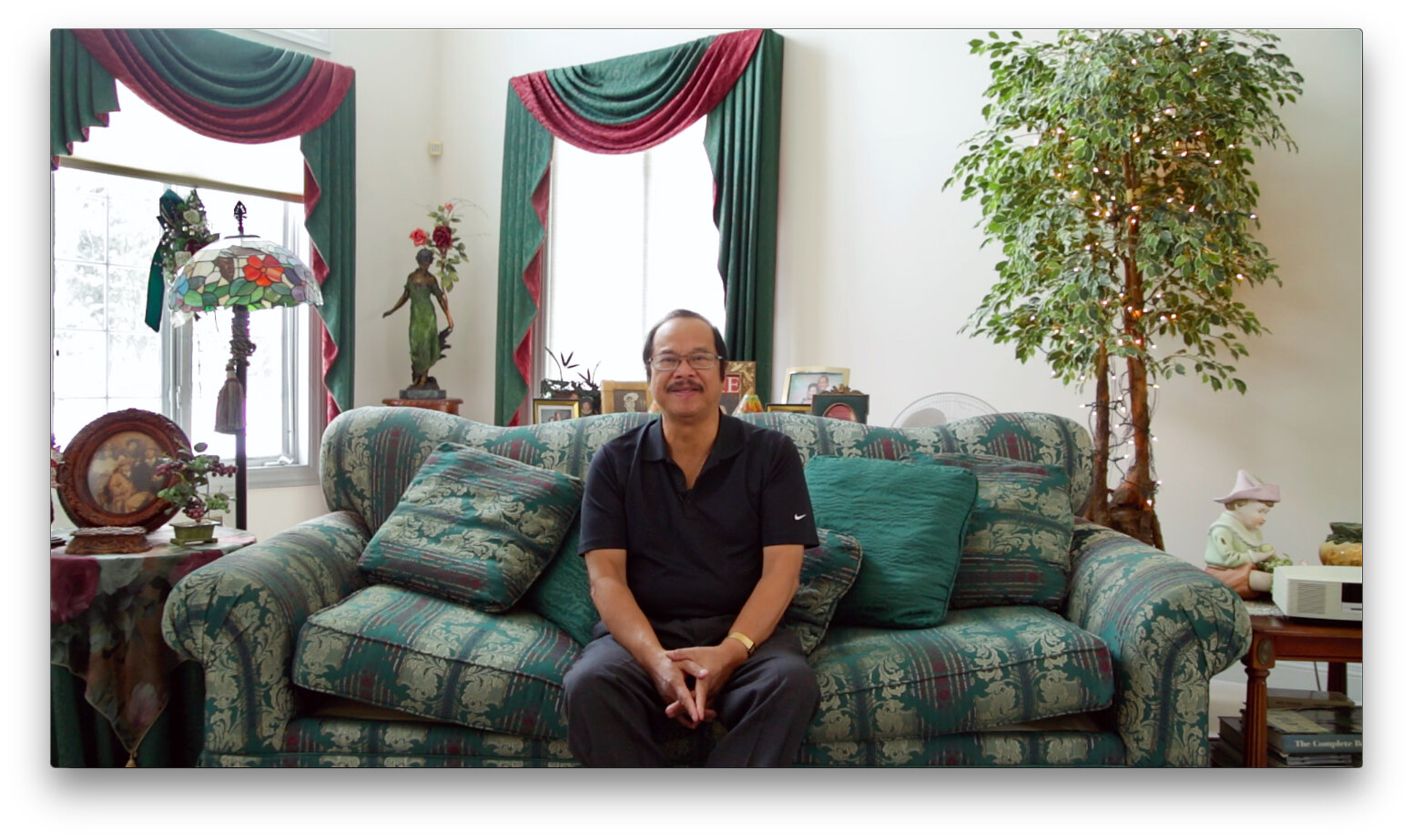
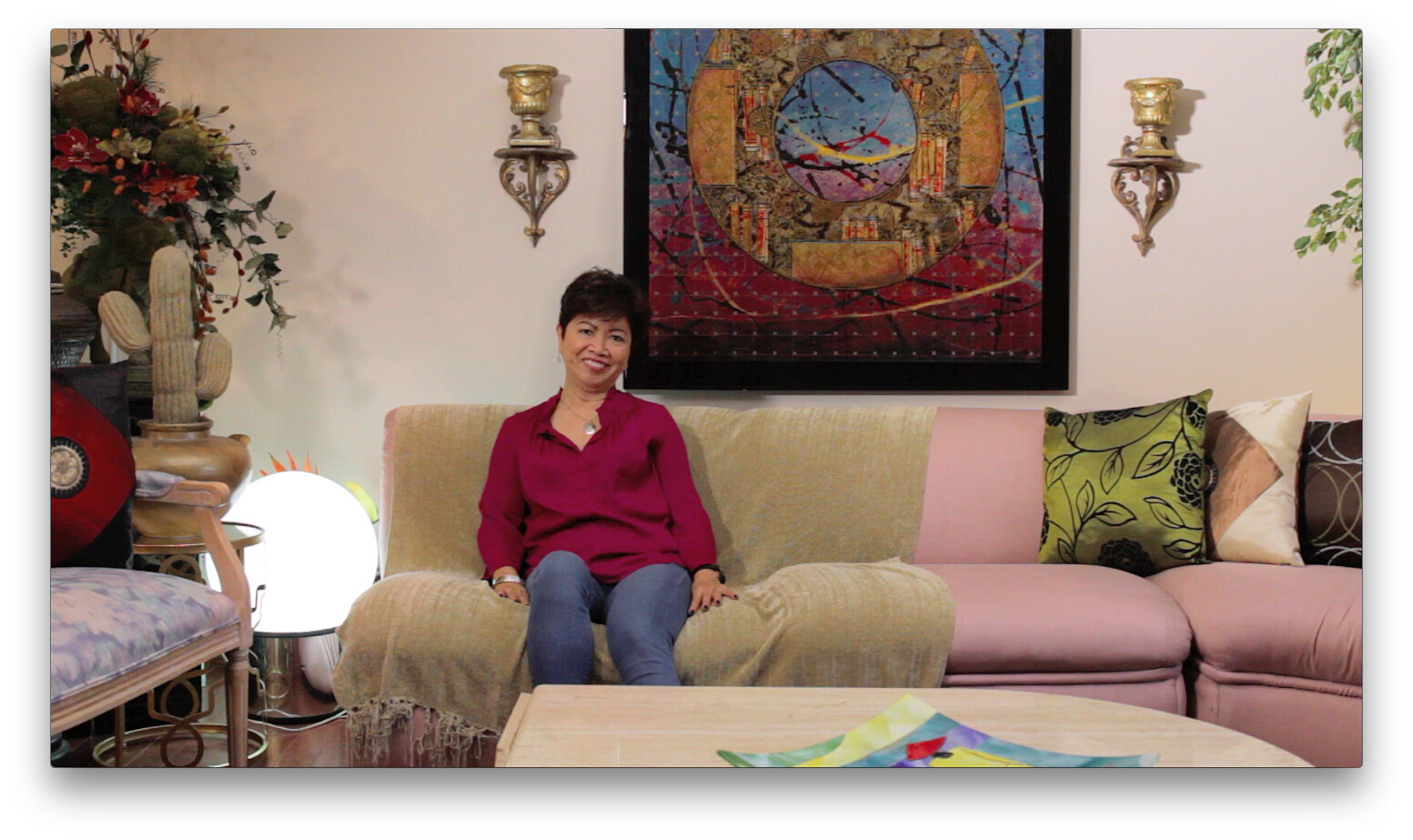
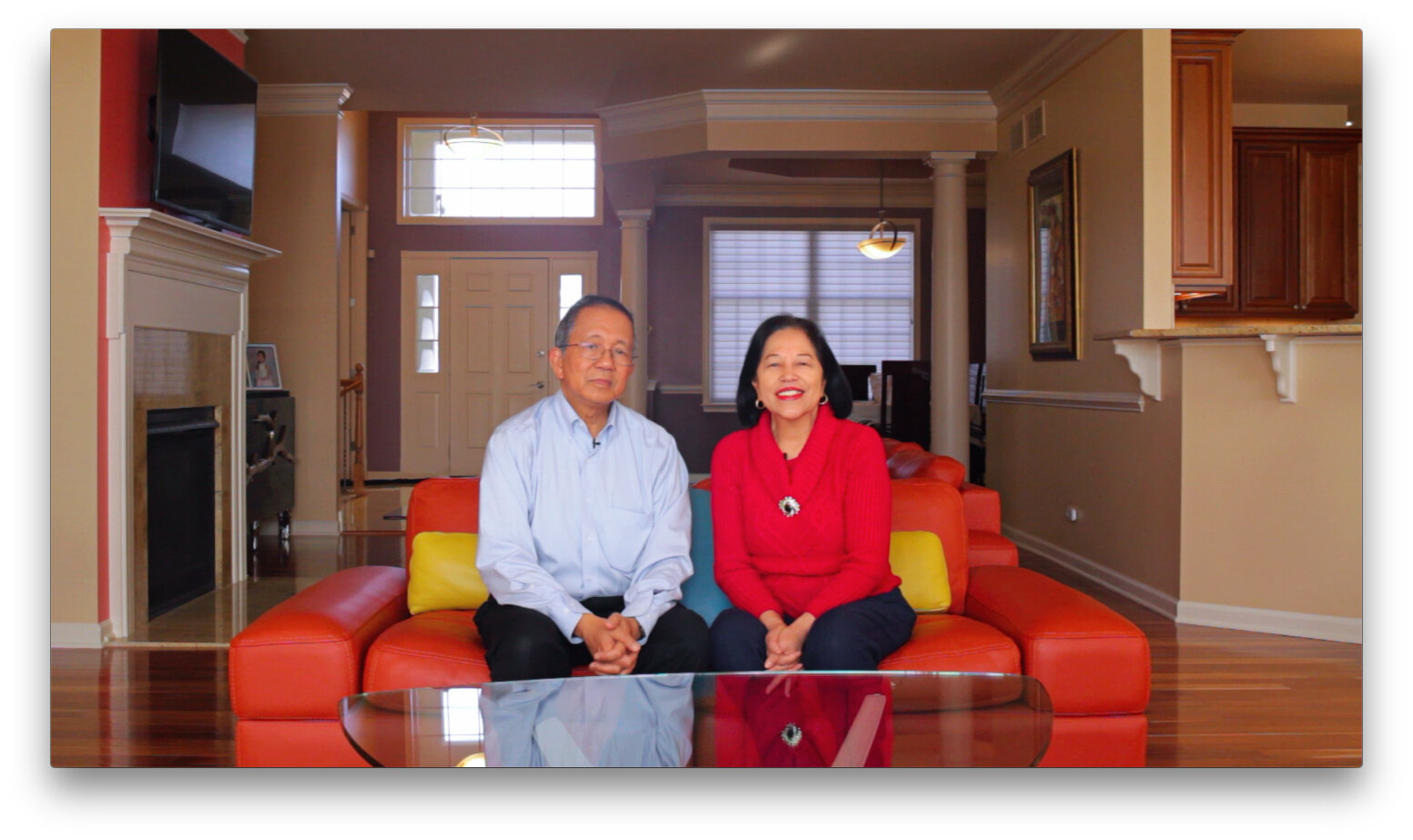
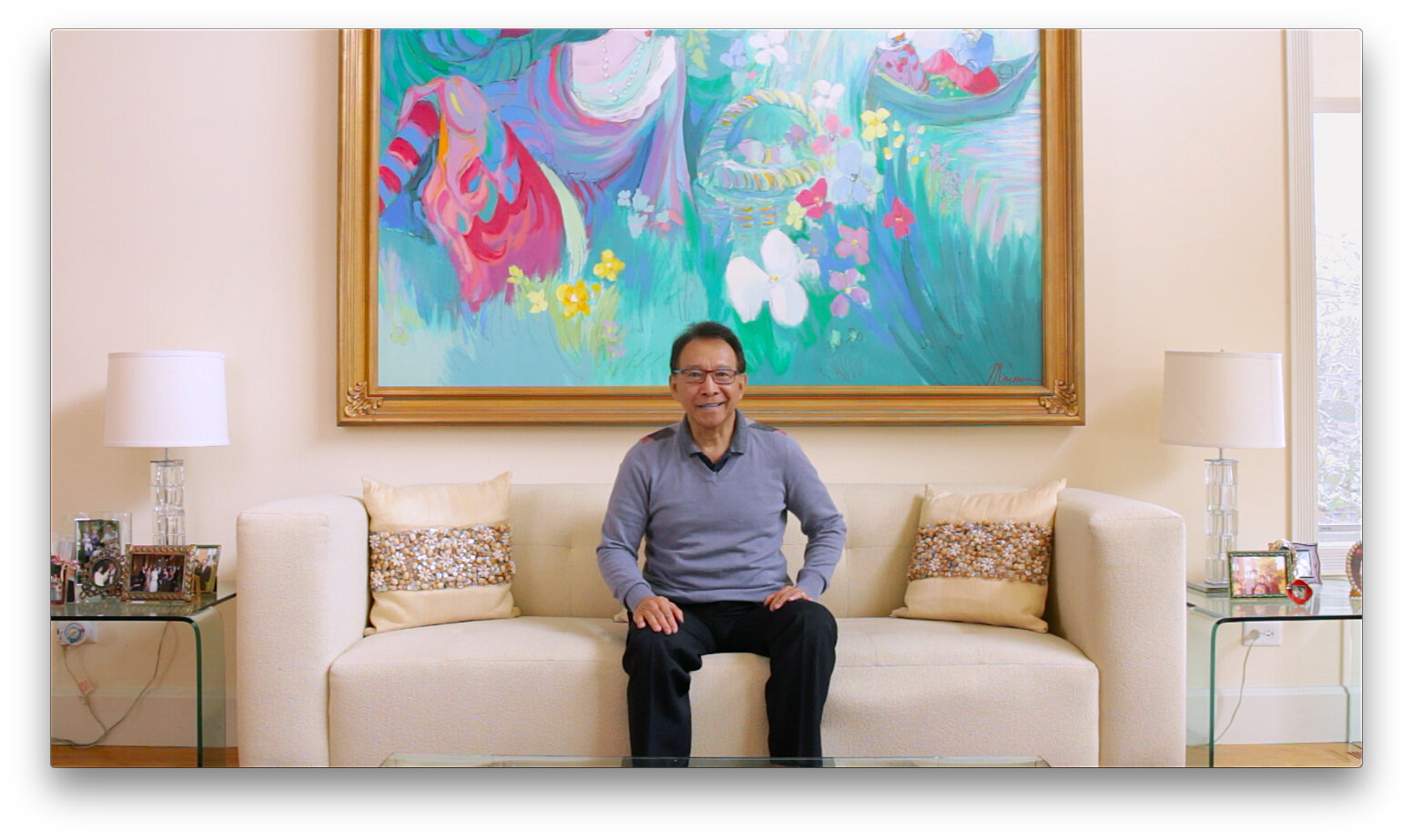
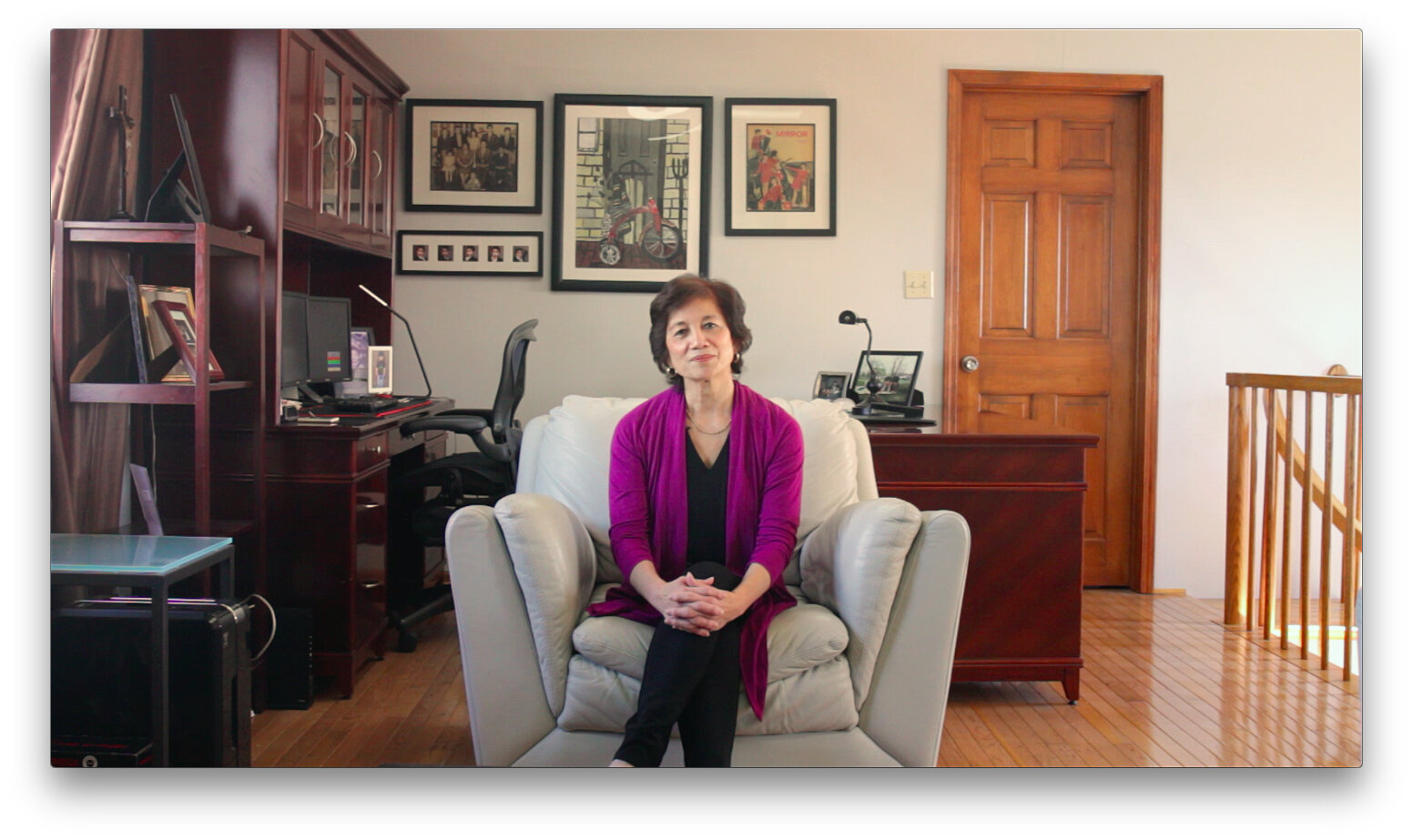
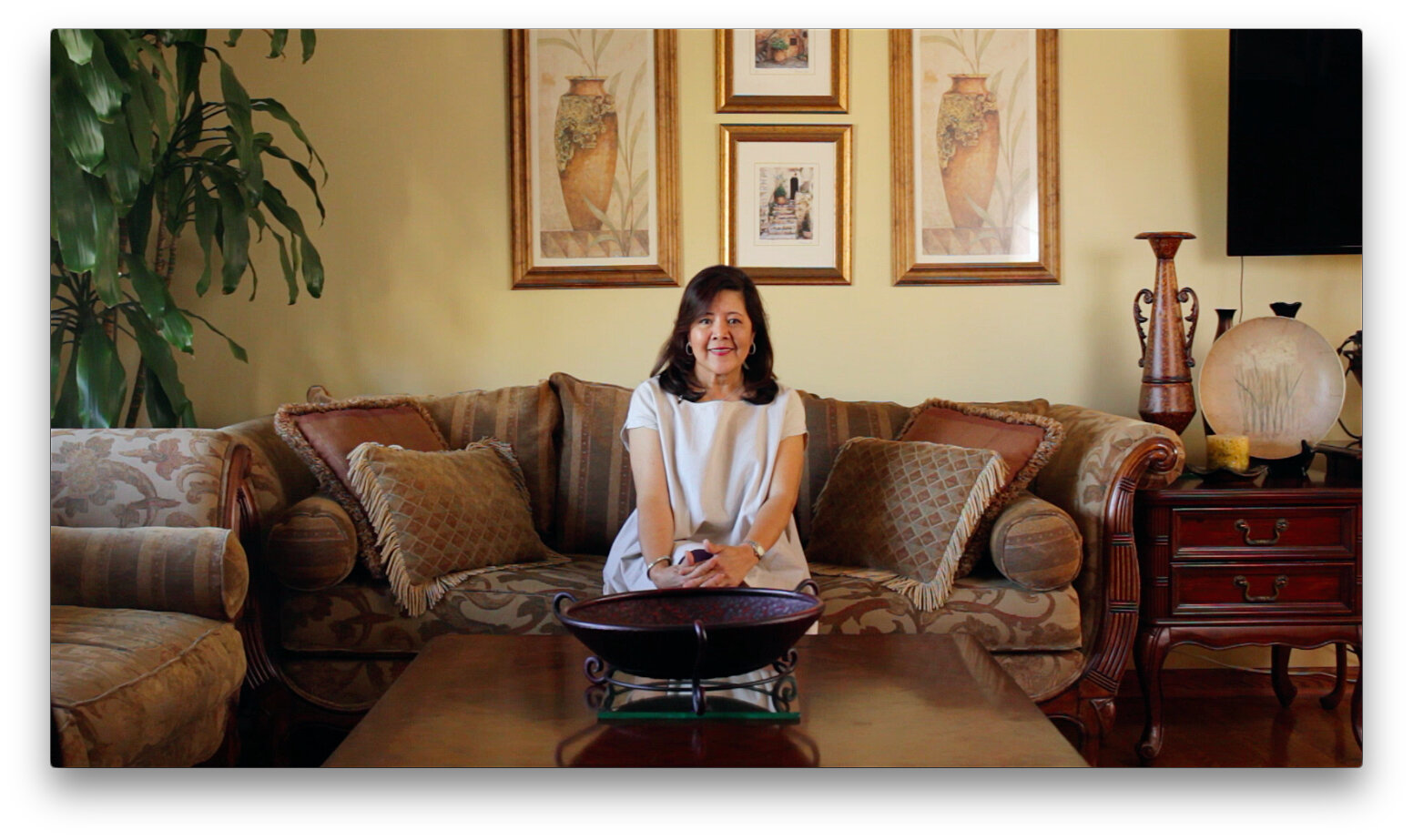
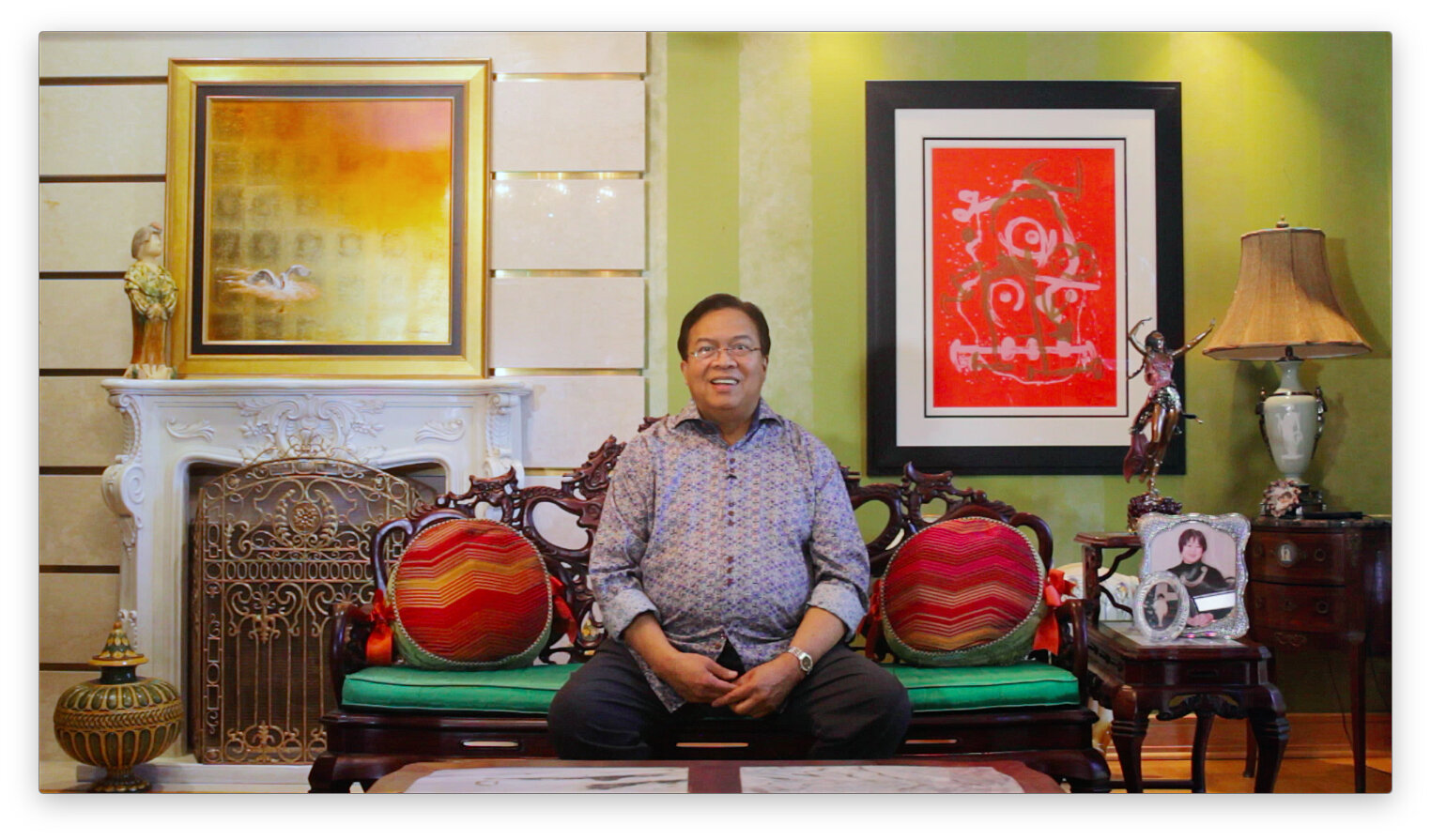
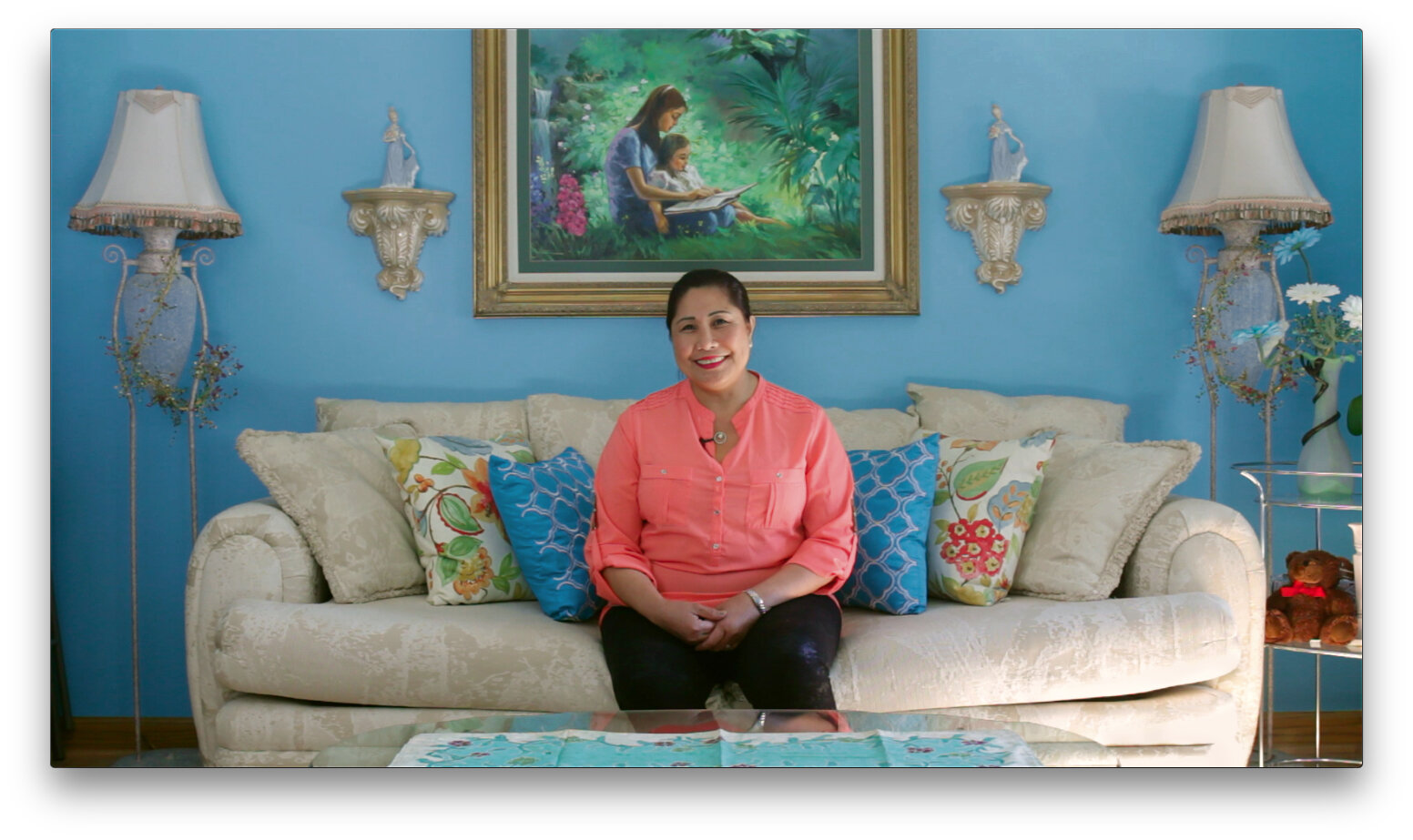
Pancit Bihon
prepared by Aurora and Tito Gagni
“With the pancit really, I’m so passionate about it… it doesn’t matter if I’m not a good cook, but I know when it comes to pancit, I’d say, ‘This is a good pancit.’ I know right away if it’s not because I’ve tasted so many pancit, because it’s my favorite.”
Toyoba
prepared by Dan and Zenaida Zapanta
“The tip for this recipe is to be patient…You might have the recipe, you might have the ingredients, but if one person will do it, sometimes they cannot do it the same as what we would like it to be in the family. Because the key to this is patience.”
Filipino Kalbi
prepared by Fatima and Elpidio Maglaya
“From that original recipe, I added one tablespoon of whiskey. Somebody mentioned to me that whenever you put some kind of liquor on a recipe, the flavor is better... And it’s really good. And I put more of sugar... It’s for my taste, more sugar is better than more of salt. I guess it is the Filipino taste.”
Chicken Adobo
prepared by Greg and Melinda Tolentino
“So my cooking has changed lately now that I have grandchildren….when I used to cook adobo I kind of free-styled…. Now what I did is to measure each ingredient and stick to that…. I hate to be too technical but this is what my grandkids prefer and I learned to do it that way so that it’s not overwhelming for them.”
Sweet & Sour Meatballs and Bola Bola Misua
prepared by Linda and Ed Reyes
“I call it ‘Angelina’s meatball recipe.’ And it’s got all the good ingredients that go into meat, so many vegetables and nobody would even know there are so many vegetables in it, especially picky grandkids like mine.”
Chicken Afritada
prepared by Estrellita Barin
“It is important to fry the potatoes because if you don’t, and add it to the mixture, it’s kind of mushy. The potatoes get very tender it becomes like mashed potato instead of a potato you see in the recipe. And I do this every time a recipe calls for a potato.”
Beef Pochero
prepared by Wayne and Conchita Gavino
“…just make sure that everything is fresh, fresh meat and fresh vegetables. And take your time in cooking… it’s good to have the meat be tenderized by slow-cooking, simmering [rather than pressure cooking]. And maybe you will find out later on that yes, it does make a difference.”
Manok Halang Halang
prepared by Evangeline Smith
“So the fresh coconut is better of course. But here we just use the one in the can... I think papaya is tastier than chayote but we just use chayote because it’s hard to find papaya right now. But you can just substitute whatever you can add into it.”
Pork Tapa
prepared by Fortunata Lamba
“I picked this recipe to share with you because there’s no limitation of what you can do with it. Because if you don’t eat pork, you could always do it with chicken. You could always do it with beef. It’s economical… it’s one of my favorite dishes for my family, too.”
Pancit Molo
prepared by Pedro Sotomil
“… when it boils, I’ll put the molo in, the dumpling, slowly. This is my technique. I put it very slow and just don’t touch anything…I don’t want them to disintegrate because the more you stir it, the more your dumplings open up and out comes your meatballs… so you try to avoid that and have a good looking molo when it’s ready. “
Director, Producer, & Food Stylist: Kayla Sotomil
Cinematographer & Editor: Harry Cepka
Camera Operator: Blair McClendon
Camera Assistant: JB Barin
Colorist & Sound Editor: Sean David Christensen
Special Thanks:
Estrellita & Ben Barin, Aurora & Tito Gagni, Conchita & Wayne Gavino, Fortunata Lamba, Fatima & Elpidio Maglaya, Linda & Ed Reyes, Pedro & Francisca Sotomil, Evangeline Smith, Gregorio & Melinda Tolentino, Dan & Zenaida Zapanta, Ilana Galil, and Amanda Broder-Hahn
Dedicated to Aurora Madriaga Gagni (1955 - 2018)